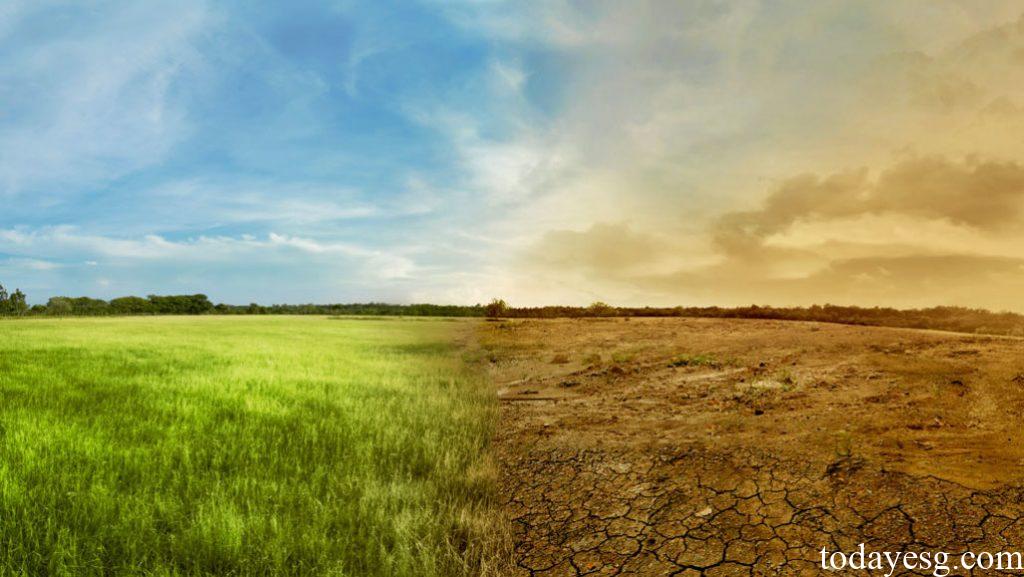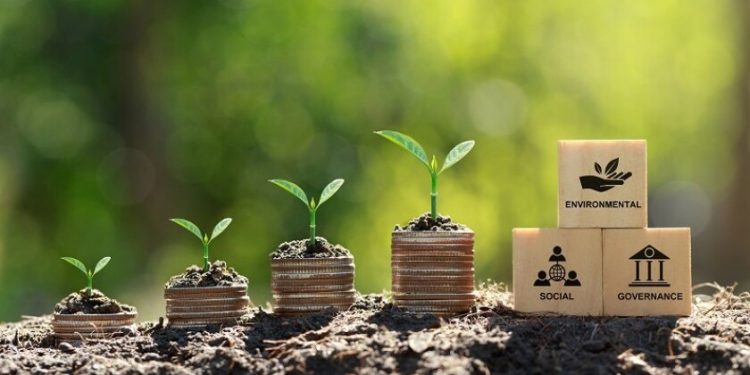Global Climate Disclosure
This article summarizes the development of climate disclosure policy by taking global, European Union, United States, and China as examples.
With the recovery of the global economy, energy related carbon dioxide emissions increased by 0.9% last year. Considering the current rate of carbon emissions, there is a 50% chance of achieving the goal of warming by 1.5 degrees Celsius in the next nine years, which means that the urgency to address climate issues is increasing.
Last November, the 27th United Nations Climate Conference announced that it would provide a Loss and Damage Fund for countries affected by climate disasters. Subsequently, at the 15th Conference of the Parties (COP15), all countries committed to protecting 30% of the earth’s land and marine resources by 2030. The consensus reached at these meetings cannot be separated from the support and development of climate disclosure policies.
Global Climate Disclosure Policy
International Financial Reporting Standards (IFRS) established ISSB (International Sustainability Standards Board) at the COP26 meeting. ISSB merged the International Integrated Reporting Council (IIRC), Climate Disclosure Standards Board (CDSB), and Sustainability Accounting Standards Board (SASB), and established Task Force on Climate Related Financial Disclosures (TCFD).
In March 2022, ISSB released two draft sustainability disclosure standards, namely IFRS S1 General Requirements for Disclosure of Sustainability Related Financial Information and IFRS S2 Climate Related Disclosures. Both reports take governance, strategy, risk management, indicators and objectives as pillars, and require enterprises to disclose climate and sustainability information.

Climate Disclosure Policy of EU
In November 2022, the European Union passed the Corporate Sustainability Reporting Directive (CSRD). CSRD will cover all companies listed in the European Union, as well as large companies registered and established in member states (large companies need to meet two of the following three criteria: asset liability scale exceeding 20 million euros, net turnover exceeding 40 million euros, and employees exceeding 250 people). For non-EU registered companies whose subsidiaries are listed in the EU or meet the standards for large companies, CSRD requires disclosure obligations to be fulfilled at the parent or subsidiary level. In addition, the reports provided by enterprises must be certified by a third party in order to enhance the credibility of the reports.
Except for CSRD, at the same time, the European Financial Reporting Advisory Group (EFRAG) submitted the draft European Sustainability Reporting Standards (ESRS) to the European Union. ESRS requires the company to disclose its strategy and business model, climate Scenario analysis, Scope 3 carbon emissions, and ESG impacts related to the value chain. ESRS adheres to the principle of double materiality, requiring companies to disclose the impact of sustainability issues on their own development and business operations.
Climate Disclosure Policy of US
In March 2022, the U.S. Securities and Exchange Commission (SEC) issued climate related disclosure rules for listed companies, requiring companies to report greenhouse gas emissions and climate related risk information. In terms of carbon emissions, Scope 1 and Scope 2 are required to make mandatory disclosures and provide third-party proof, while Scope 3 is currently under voluntary disclosure.
In November 2022, at the G20 Summit jointly hosted by the United States and China, the Sustainable Finance Working Group adopted the G20 Framework for Transition Finance, which enhanced the global climate governance system. The framework aims to promote the support of the financial sector for low-carbon transformation and provide reference for countries to formulate transitional fiscal policies.
Climate Disclosure Policy of China
In 2022, China released the 2035 National Climate Change Adaptation Strategy, which established a working system for observing climate systems, calculating impact risks, taking adaptation actions, and evaluating effectiveness based on the degree of climate change impacts faced by each region. This improved the ability of economic and natural ecosystems for climate change adaption.
In June 2022, China issued supervision measures for energy conservation and ecological environment protection of central enterprises, requiring them to implement the concept of green, low-carbon, and circular development, and incorporate carbon peak and carbon neutrality goals into their development plans. In addition, China continues to align with international standards in sustainable disclosure standards, and the Ministry of Finance and the China Securities Regulatory Commission have provided feedback to the draft of ISDS. In December 2022, ISSB and the Ministry of Finance announced the establishment of an office in China.
Reference:








